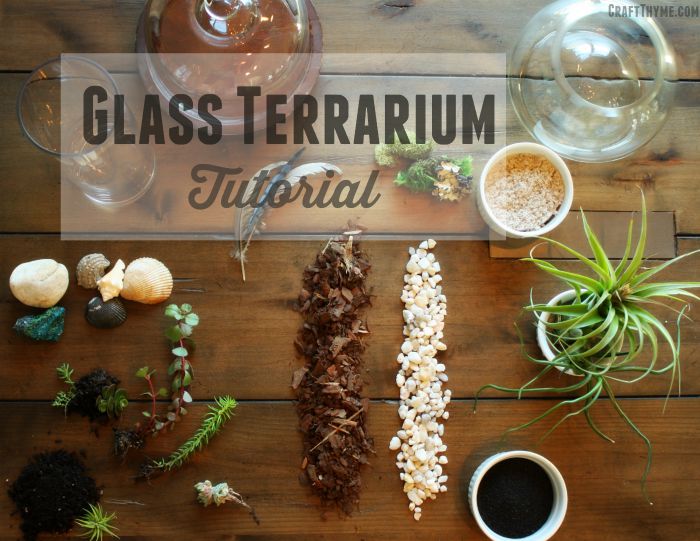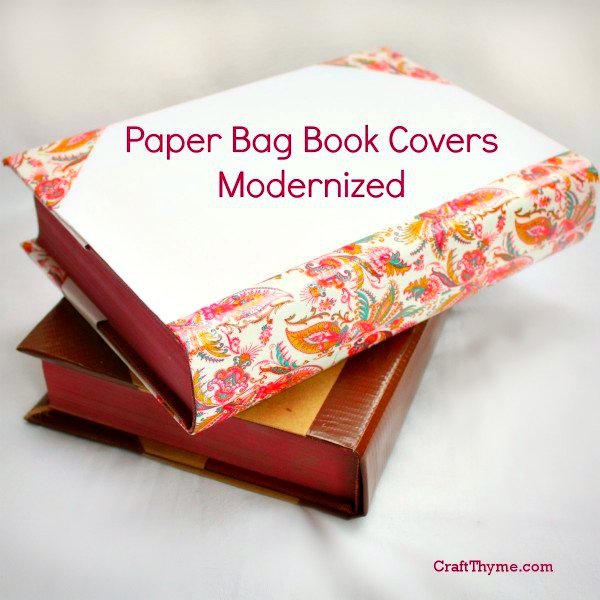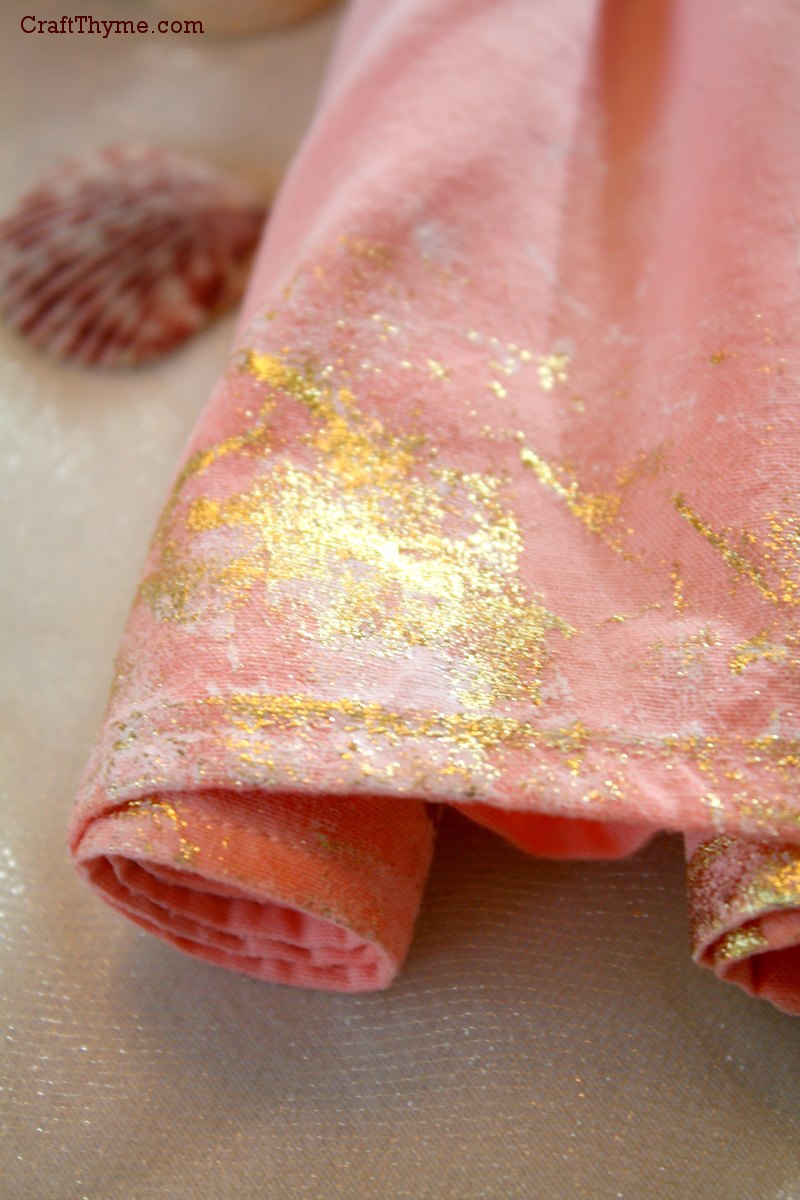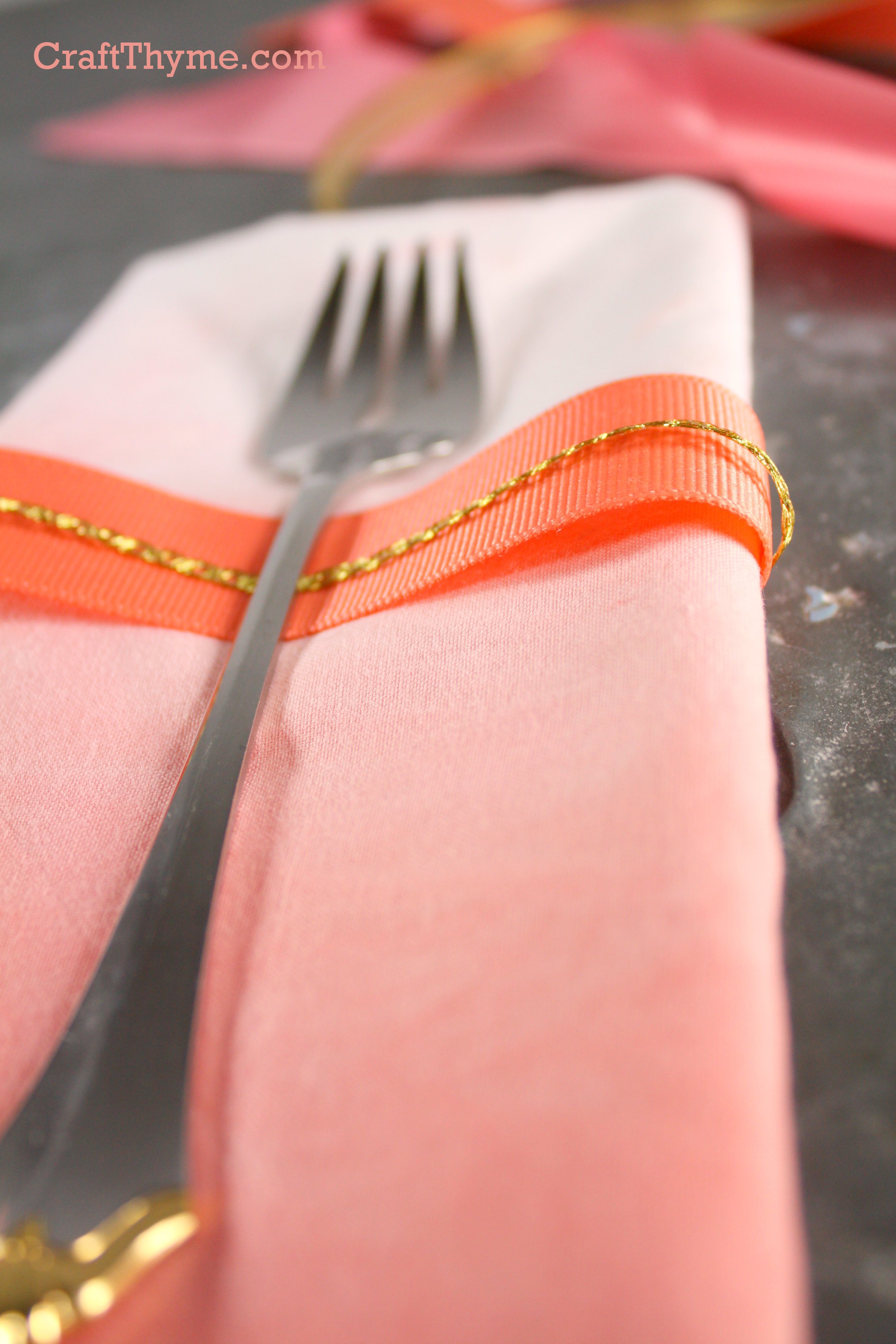
I will admit to having a plant obsession, so, it was only a matter of time till I started in on glass terrariums. But what fueled the new obsession? Adam and I recently got married and while we agreed not to get gifts for each other someone decided to get me a new book on terrariums (*cough* Dork *cough*). Holy plant porn! Not every project was to my taste but all of them were inspiring. I had never thought of decorating glass terrariums with feathers, sand, bark, etc. It opened up a new world of decoration that allows me to bring plants indoors in a modern display. While it is fairly easy to create a glass terrarium there are some tricks that I have discerned that make the process a LOT easier. On to the tutorial:
DIY Glass Terrarium
Glass Terrarium Supplies
There are really three basics that you must have outside of a glass container:
- Plants*
: these are some succulents I have been propagating and some air plants we picked up at a recent craft festival
- Soil*
: Potting or fast draining cactus mix; unless you are using air plants
- Drainage Material
- Container: I went to Goodwill and scoured the shelves. I was able to find a number of interesting glass containers for $1-$4. Just make sure they are clear glass. Tinted or colored glass can mess with the plant photosynthesis
Additional items that make the terrarium look really good:
- Moss: Hardware stores often sell sheet moss cheaply. Pretty reindeer moss is available in most craft stores. We waited till we had a 40% off coupon and got a large bag.
- Sand: Craft stores have a number of colors. I also might try dyeing sand like I do in this tutorial, however, I would likely keep that to air plants so I do not wash out the color when watering.
- Rocks
- Feathers
- Wood
- Sea Shells
- Etc : Anything that can withstand water or, if using air plants, you are pretty much unlimited
Step 1: Planning
A little planning goes a long way with a glass terrarium. First, look at your plant and the conditions it needs to survive. I also tried to find a plant that had a shape that complimented my tall glass container. After matching up your plant consider HOW you will be planting it. You can pour the dirt in the container but if you can not fit your hand in there you will have some issues. Long cocktail stirrers or chopsticks can help press the dirt firmly around the plant.
Step 2: Keep it Dry
My first big mistake was trying to plant a glass terrarium with damp materials… Ugh. Everything sticks to the glass, or plants, getting everywhere and becoming near impossible to remove until it is dry again. Start by placing your drainage material at the bottom, and layering your dirt next. I placed a layer of bark between the rocks and dirt to keep the distinct bands. That step was purely for aesthetics. Next plant the plant but do NOT water yet.
Step 3: Clean and Tidy
If you have not watered, then you have the opportunity to take a soft cloth and wipe off the glass. You can also blow SOFTLY through a drinking straw to clean dust or move sand around. Removing the dust and dirt from above the soil line is what gives the terrarium a clean modern feel. Take this opportunity to place smaller decorative objects. I used some reindeer moss and a small (live) hen and chick next to the main succulent. You could also place rocks, a layer of sand, etc. The only limit is space, ability to withstand dampness, and your imagination.
Step 4: Tips and Tricks
Time to water! This is where everything can and has gone South for me. Water too fast and you end up making holes in the soil, or flooding the entire terrarium. Trust me on this one, flooding it is bad, bad, bad. I was talking instead of paying attention (imagine that) and ended up floating all my plants out of the soil and mixing in my sand. I had to dump everything and start over. The easiest way to insure a non-messy watering is use a spray bottle and let it trickle down the glass. Otherwise, be super careful to only add a trickle of water.
Notes:
Make sure to pay attention to the microclimate you just created. The sun can get very warm through the glass and/or the environment can easily get too wet or dry. The nice thing is that the container is glass so you can actually look at the soil and drainage material to see your water level. Also, remember there is not a lot of nutrients (as in none) coming into your terrarium. You may need to add a liquid fertilizer every 3-4 months to keep your plants nice and healthy.
If you want some amazing inspiration this was the book I got as a gift:*
Otherwise a quick glance through Pinterest can really give some great ideas to get you started.





























